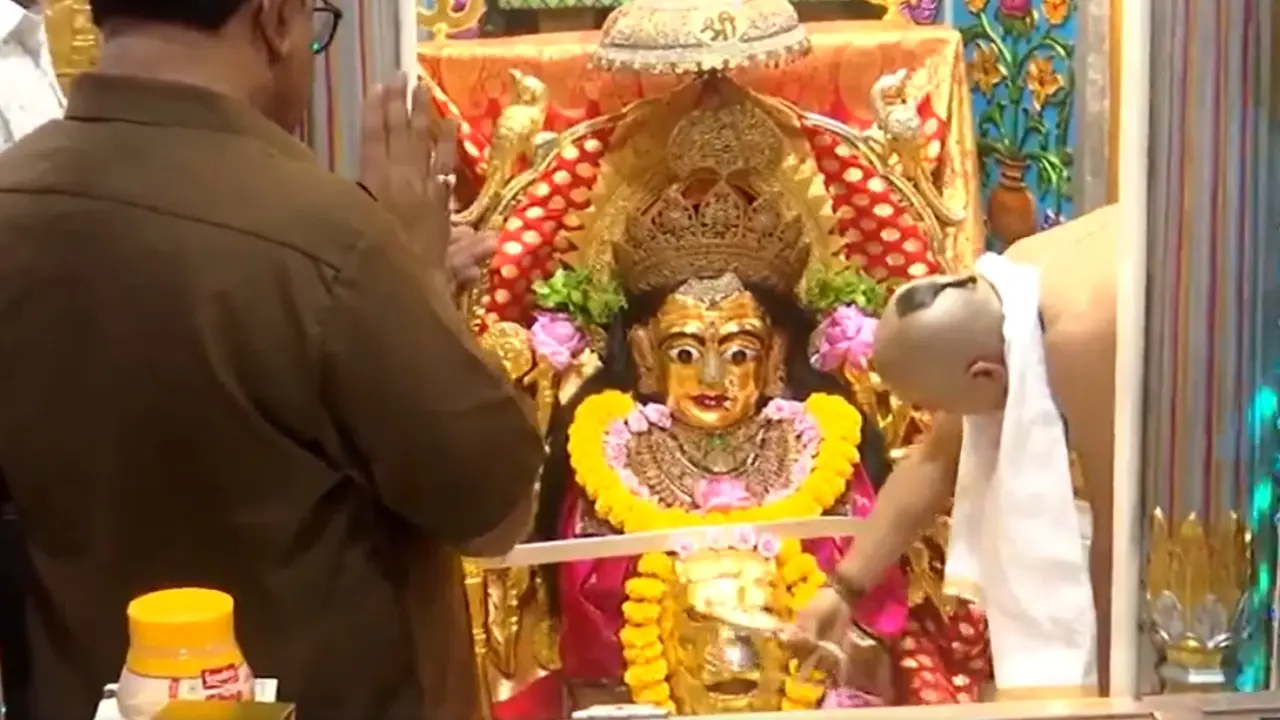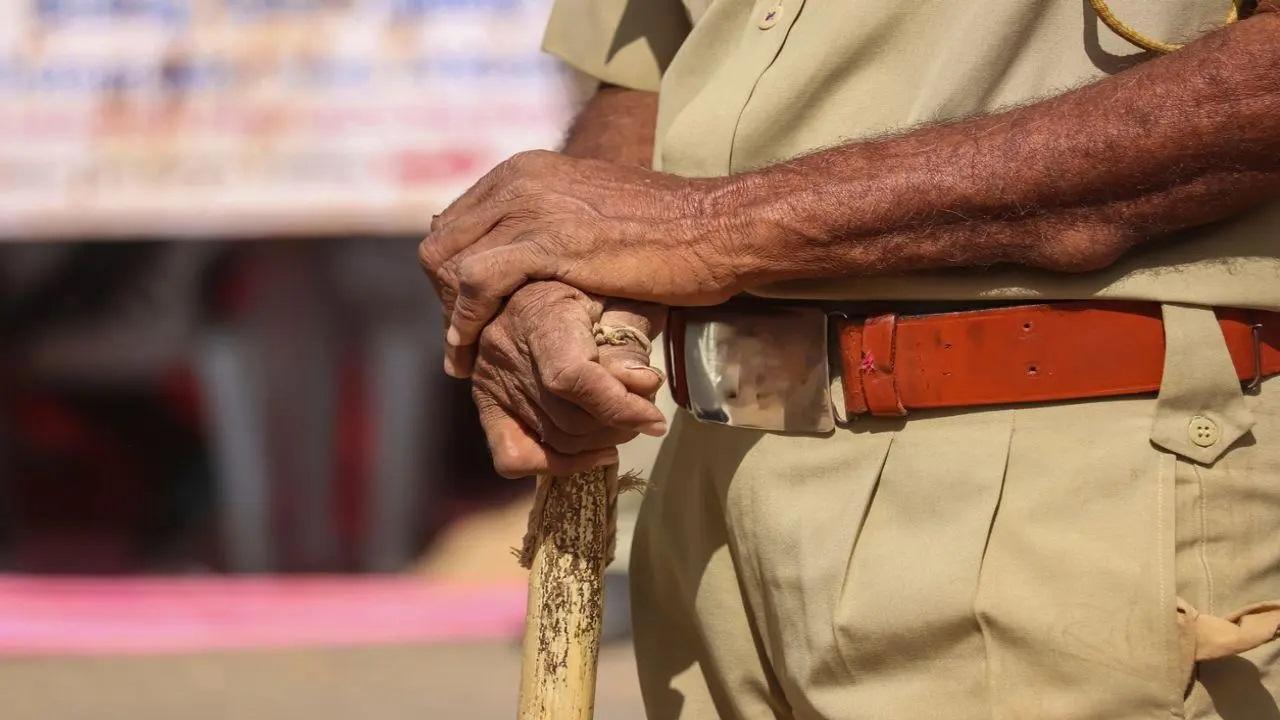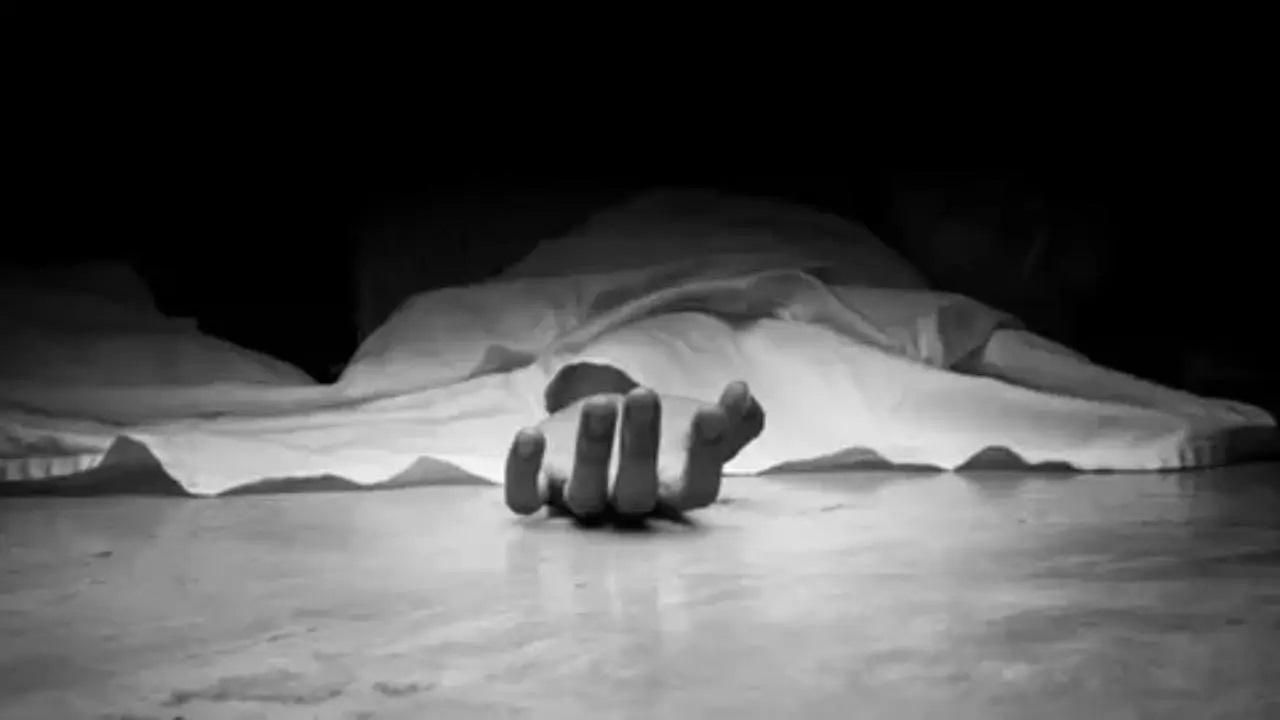Mumbai’s historic Mumbadevi Temple witnessed the sacred Kakad Aarti on Monday morning, marking the commencement of the nine-day-long Navratri 2025. Devotees thronged the temple premises before dawn to participate in the auspicious ritual, which symbolises the invocation of Goddess Durga at the break of day. The air was filled with the sound of conch shells, temple bells, and devotional chants as priests performed the elaborate ceremony.
#WATCH | Mumbai, Maharashtra | Kakad Aarti being offered at Mumbadevi Temple as the nine-day-long festival of Shardiya Navratri begins today. pic.twitter.com/HqAqvM6uOx
— ANI (@ANI) September 22, 2025
Shardiya Navratri, one of the most significant festivals in the Hindu calendar, is celebrated with immense devotion and grandeur across India. Falling in the lunar month of Ashwin, it honors the divine feminine energy or Shakti, represented by Goddess Durga in her nine forms. Each of the nine days is dedicated to one avatar of the goddess, symbolizing unique aspects such as courage, compassion, knowledge, and protection.
Throughout Navratri 2025, devotees observe fasts, offer prayers, and immerse themselves in devotional singing and dancing. In Maharashtra and Gujarat, traditional dances like Garba and Dandiya Raas are performed late into the night, transforming public spaces into vibrant arenas of cultural celebration. Women often dress in colorful attire, while communities organize large-scale festivities, drawing thousands of participants and tourists alike.
Particular days of Navratri hold deep spiritual importance. For instance, the seventh day is dedicated to Maa Kaalratri, one of the fiercest forms of Durga, revered as the destroyer of demons, evil spirits, and negativity. Her worship is believed to help devotees overcome fear, remove obstacles, and dispel darkness from their lives. Similarly, the eighth and ninth days honor Maha Gauri and Siddhidatri, manifestations symbolizing purity, peace, and divine blessings.
The festival concludes on Vijaya Dashami or Dussehra, a day that signifies the triumph of good over evil. In many regions, effigies of Ravana are burnt to commemorate Lord Rama’s victory, while others celebrate by immersing idols of the goddess in rivers and seas, symbolising her return to the divine realm.
Beyond its religious aspects, Navratri also fosters community bonding and cultural expression. From devotional music to folk art performances, the festival bridges generations and keeps ancient traditions alive in a modern context.
As the city of Mumbai embarks on these nine days of devotion and celebration, the opening Kakad Aarti at Mumbadevi Temple set a deeply spiritual tone, reminding devotees of the enduring power of faith and the victory of light over darkness.











